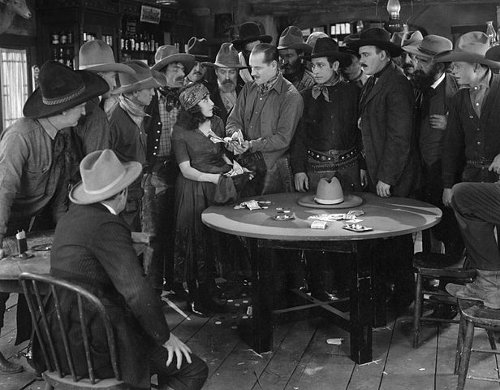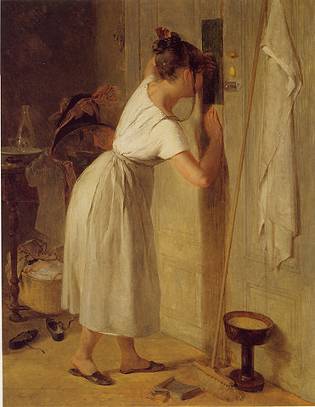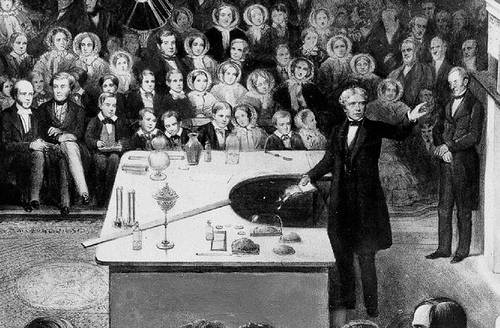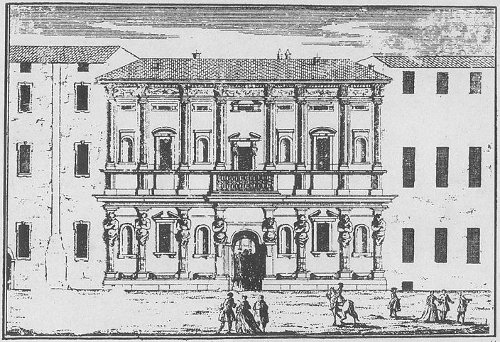‘The other day,’ said a man passenger, ‘I saw a woman in an omnibus open a satchel and take out a purse, close the satchel and open the purse, take out a penny and close the purse, open the satchel and put in the purse. Then she gave the penny to the conductor and took a halfpenny in exchange. Then she opened the satchel and took out the purse, closed the satchel and opened the purse, put in the halfpenny and closed the purse, opened the satchel and put in the purse, closed the satchel and locked both ends. Then she felt to see if her back hair was all right, and it was all right, and she was all right. That was a woman.’
— The Windsor Magazine, November 1907
It is necessary for technical reasons that these warheads be stored upside down; that is, with the top at the bottom and the bottom at the top. In order that there may be no doubt as to which is the bottom and which is the top, it will be seen to that the bottom of each warhead immediately be labelled with the word TOP.
— British Admiralty, quoted in Applied Optics, January 1968







